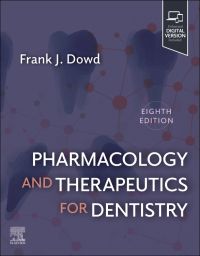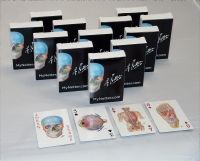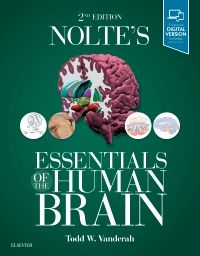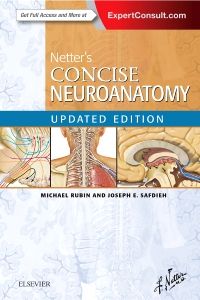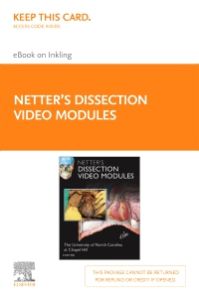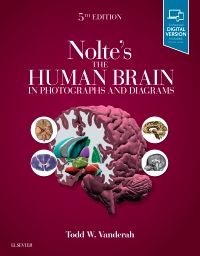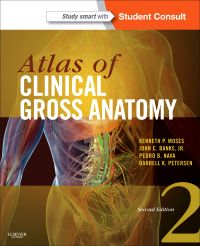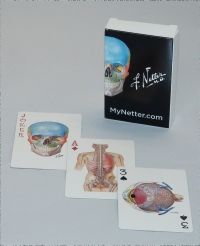Gain a thorough understanding of how drugs affect patient care! Pharmacology and Therapeutics for Dentistry, 8th Edition, offers comprehensive coverage of pharmacology and provides a pharmacological basis for clinical practice, enabling you to understand drug information and effectively evaluate the clinical use of medications to optimize dental treatment. It explores how to evaluate a patient’s health, the ways that drugs affect the body, and the potential for adverse drug interactions. With revised, concise content, an emphasis on relevance and visualization, and an ebook (included with new print purchase) for enhanced accessibility and interactivity, this edition equips you with the essential tools needed for a successful dental career.
New to this edition
- Revised content throughout is more concise, more relevant, and more visual, with a stronger focus on what you need to know for clinical practice
- NEW! An eBook version is included with print purchase. The eBook allows you to access all of the text, figures and references, with the ability to search, customize your content, make notes and highlights, and have content read aloud. Plus, video clips covering complicated topics in the text
- NEW! Educator Resources, specifically an Image Collection and PowerPoint slides
Key Features
- NEW! Revised content throughout is more concise, relevant, and visual, with a stronger focus on what you need to know for clinical practice
- NEW! Enhanced ebook version, included with every new print purchase, features appendices, additional chapter content, and new video clips covering vital information and key concepts in the chapters. Plus, you can access all the text, figures, and references, with the ability to search, customize content, make notes and highlights, and have content read aloud
- Concise, comprehensive coverage helps you learn to provide safe and effective dental care, exploring the fundamentals of pharmacology and clearly explaining actions of specific drug groups on systems in the human body, in addition to covering special topics such as pain control, fear and anxiety, and oral complications of cancer therapy
- Case studies at the beginning of chapters and case discussions at the end help you connect pharmacologic concepts and principles with clinical practice
- Emphasis on the dental applications of pharmacology shows how to evaluate a patient’s health and optimize dental treatment by factoring in any medications the patient may be taking
- Bullet points of key information at the beginning of each chapter highlight need-to-know concepts
- Practical e-only appendices provide easy access to essential information, summarizing topics such as drug interactions in clinical dentistry; antiseptics and disinfectants; herbs; controlled substances; protein biopharmaceuticals; drugs used to treat glaucoma; and abbreviations
- Clinical Rationale for and Significance of Prescription Writing chapter and two appendices on drug prescribing cover both the medications that a patient may already be taking and drugs that a dentist may prescribe for treatment
- Full-color design and illustrations enhance realism and visual learning
- Nearly 40 expert contributors represent a diverse, authoritative panel of authors from many of the major dental schools
Author Information
Edited by Frank J. Dowd, DDS, PhD, Professor, Department of Pharmacology and Professor, Department of Oral Biology, School of Dentistry, Creighton University School of Medicine, Omaha, NE, USA
PART 1: Principles of Pharmacology
1. Pharmacodynamics: Mechanisms of Drug Action
2. Pharmacokinetics: The Absorption, Distribution, and Fate of Drugs
3. Pharmacotherapeutics: The Clinical Use of Drugs
4. Pharmacogenomic-Guided Selection of Optimal Drug and Dosing Regimen
PART 2: Pharmacology of Specific Drug Groups
5. Introduction to Autonomic Nervous System Drugs
6. Cholinergic Agonists and Muscarinic Receptor Antagonists
7. Drugs Affecting Nicotinic Receptors
8. Adrenergic Agonists
9. Adrenergic Antagonists
10. Psychopharmacology: Antipsychotic and Antidepressant Drugs
11. Sedative-Hypnotics, Antianxiety Drugs, and Centrally Acting Muscle Relaxants
12. Antiseizure Medications
13. Antiparkinson Drugs
14. Local Anesthetics
15. General Anesthesia
16. Opioid Analgesics and Antagonists
17. Nonopioid Analgesics
18. Histamine and Histamine Antagonists
19. Antiarrhythmic Drugs
20. Drugs Used in Treating Heart Failure
21. Antianginal Drugs
22. Diuretic Drugs
23. Antihypertensive Drugs
24. Lipid-Lowering Drugs
25. Antianemic and Hematopoietic Stimulating Drugs
26. Procoagulant, Anticoagulant, and Thrombolytic Drugs
27. Drugs Acting on the Respiratory System
28. Drugs Acting on the Gastrointestinal Tract
29. Pituitary, Thyroid, and Parathyroid Pharmacology
30. Adrenal Corticosteroids
31. Drugs Used in the Treatment of Diabetes
32. Steroid Hormones of Reproduction and Sexual Development
33. Antibiotics
34. Antifungal and Antiviral Agents
35. Immunotherapy
36. Antineoplastic Drugs
PART 3: Special Subjects in Pharmacology and Therapeutics
37. Medications for Management of Chronic, Non-Odontogenic Pain
38. Management of Fear and Anxiety
39. Drugs of Abuse
40. Toxicology
41. Drugs for Medical Emergencies
42. Clinical Rationale for and Significance of Prescription Writing
E-Only Appendices
Appendix 1. Protein Biopharmaceuticals
Appendix 2. Use of Herbs and Herbal Dietary Supplements in Dentistry
Appendix 3. Antiseptics and Disinfectants
Appendix 4. Drug Interactions in Clinical Dentistry
Appendix 5. Drugs Used in the Treatment of Glaucoma
Appendix 6. Prescription Writing
Appendix 7. Controlled Substance Laws and Drug Schedules
Appendix 8. Regulations and Drug Prescribing
Appendix 9. Glossary of Abbreviations




